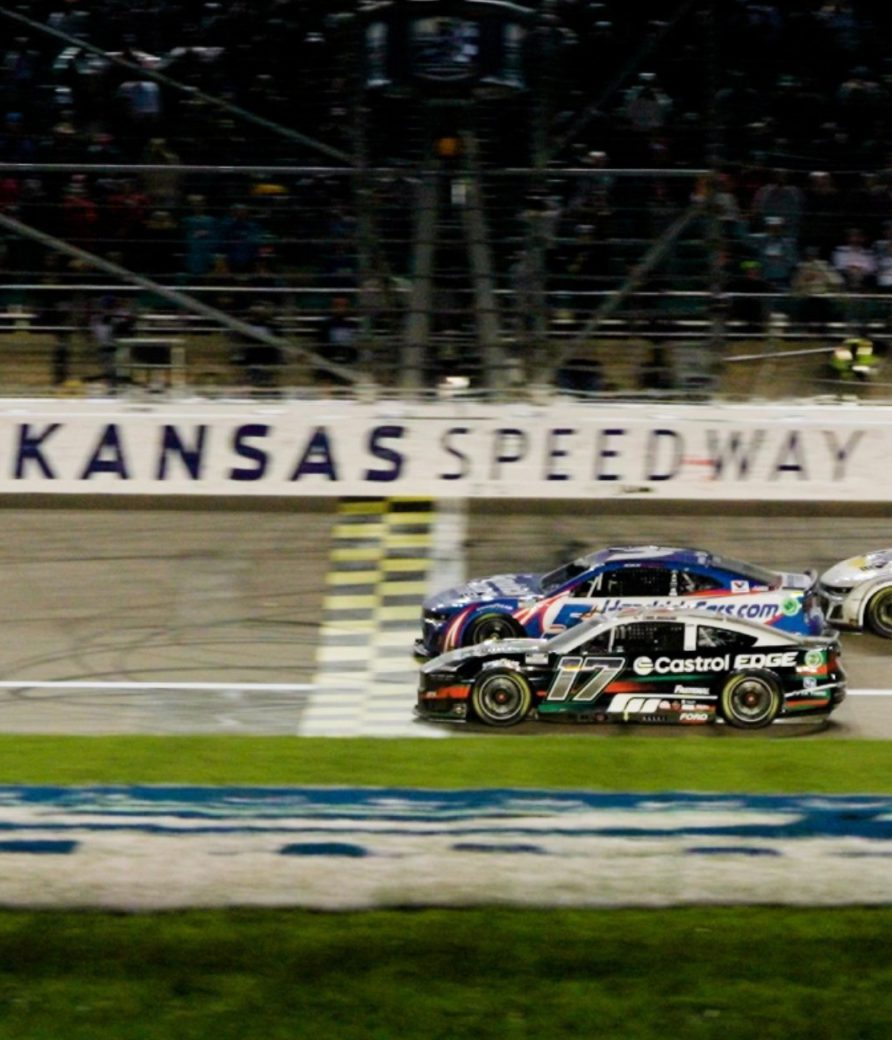Jeff Gluck offers insight into the nuanced process of race adjudication in NASCAR. Contrary to common perception, the painted white start/finish line serves a more symbolic purpose rather than being the definitive marker for race finishes. Instead, NASCAR relies on high-speed laser cameras to accurately determine the winner in close finishes.
The answers you’re asking for about the crooked line: pic.twitter.com/FNH8DpwhGy
— Jeff Gluck (@jeff_gluck) May 6, 2024
Gluck explains that the white finish line is subject to wear and tear, particularly after drivers perform burnouts, causing it to fade over time. Before each race, officials repaint the line, but its width and alignment may vary slightly.
Therefore, the true finish line is not the physical white line but the data captured by the high-speed cameras positioned at the finish, offering a more precise and reliable means of determining race outcomes. This revelation underscores NASCAR’s embrace of advanced technology in its officiating processes, highlighting the sport’s commitment to accuracy and fairness.
NASCAR’s Historic Laser Camera Decision

For decades, the painted white start/finish line has symbolized the end of a race. Fans watch as cars hurtle toward it, wondering who will break the plane first. The laser camera captured the slimmest of margins. Larson’s No. 5 Chevrolet edged ahead, etching his name in NASCAR lore.
Unlike our eyes fixed on the track, NASCAR’s laser camera captures the precise moment when a car’s nose crosses the virtual finish line overlay. It’s like a high-speed referee, ensuring accuracy down to the millisecond.
Kyle Larson clinched victory at Kansas Speedway by a mere 0.001 seconds. The AdventHealth 400 delivered NASCAR’s closest-ever finish, leaving fans on the edge of their seats. But what made this finish even more remarkable was the technology that determined the winner: a laser camera.
READ MORE: Throwback: Denny Hamlin’s aggresive move snatched victory of Kyle Larson on a last lap

